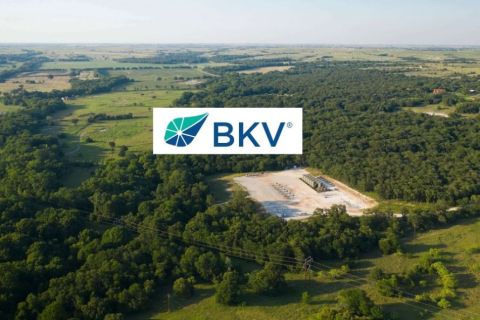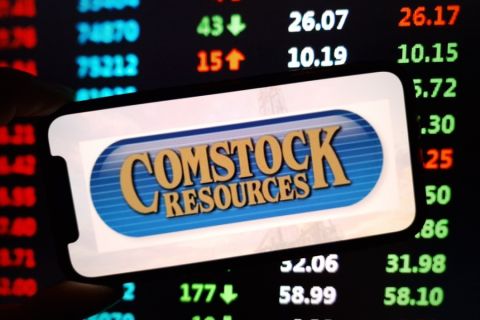Traditional market impacts on the North American natural gas liquids (NGL) market may have been limited in July, but macroeconomic events caused both NGL prices and frac spread margins to gain strength during the month.
West Texas Intermediate (WTI) crude oil prices rose above $100 per barrel (/bbl.) after the Energy Information Administration released a report early in the month revealed that crude inventory levels were lower than anticipated.
Geopolitical events, specifically those in the Middle East, have undoubtedly been a factor in the price increase for crude oil, Barclays Capital analysts contend that this impact has been overstated. Rather, the investment firm stated that these factors are supporting prices at their current levels rather than pushing them higher.
“While these geopolitical factors are likely to continue creating various degrees of risk to the supply side, in our view, they are now playing the role of supporting prices at current levels more so than pushing prices higher by acting as a catalyst, especially given the improved supply buffers and the increasing uncertainty surrounding global oil demand growth,” the investment firm said in a July 5 commodities research note.
Headwinds that are preventing a retracement in prices are an increase in prompt demand for crude; a downturn in economic confidence in the key emerging economies of China, India and Brazil and crude prices are still expensive in domestic currencies, the report said. This balancing act may limit the upside for crude, but should likewise lessen the possibility of a large downside.
In terms of natural gas, cooler-than-normal summer temperatures slowed cooling demand in much of the U.S., which saw prices fall 3% at Mont Belvieu and 4% at Conway during the month. The improved crude prices helped support an increase in heavy NGL price while lower natural gas prices helped to make it more cost effective for operators to make the greater valued NGLs.
Although light NGLs – ethane and propane – experienced the largest frac spread margin improvements in the month, they remained the most distressed. While propane margins are solid and export demand has been increasing, the fact remains that inventory levels are high and will take time to work off. Though propane prices have turned the corner and shouldn’t experience any further sustained losses, their potential upside is expected to be limited until the end of the year when the storage overhang is further reduced.
Ethane faces larger problems as not only are inventory levels near record highs, but the market has largely explored all near-term options for relief. These have included moving volumes out of the Conway market to Sarnia, Canada and Mont Belvieu, Texas. Although some relief will come from ethane cracking capacity being brought back online throughout the remainder of the summer, other crackers will be undergoing planned maintenance of their own. This means that storage could build or remain static at best for the remainder of 2013.
Should the crude bounce prove to be a short-term impact, heavy NGLs will soon begin to experience increased demand as refiners switch from summer-grade gasoline to winter-grade production, which requires isobutane and butane.
Contact the author, Frank Nieto, at fnieto@hartenergy.com
Recommended Reading
BKV Prices IPO at $270MM Nearly Two Years After First Filing
2024-09-25 - BKV Corp. priced its common shares at $18 each after and will begin trading on Sept. 26, about two years after the Denver company first filed for an IPO.
Analyst: Is Jerry Jones Making a Run to Take Comstock Private?
2024-09-20 - After buying more than 13.4 million Comstock shares in August, analysts wonder if Dallas Cowboys owner Jerry Jones might split the tackles and run downhill toward a go-private buyout of the Haynesville Shale gas producer.
BP Profit Falls On Weak Oil Prices, May Slow Share Buybacks
2024-10-30 - Despite a drop in profit due to weak oil prices, BP reported strong results from its U.S. shale segment and new momentum in the Gulf of Mexico.
Geologist James Parr Joins Ring as EVP of Exploration, Geosciences
2024-11-26 - James Parr joins Ring Energy with over 30 years of experience as a petroleum geologist and leader in multiple energy organizations.
Sheffield: E&Ps’ Capital Starvation Not All Bad, But M&A Needs Work
2024-10-04 - Bryan Sheffield, managing partner of Formentera Partners and founder of Parsley Energy, discussed E&P capital, M&A barriers and how longer laterals could spur a “growth mode” at Hart Energy’s Energy Capital Conference.
Comments
Add new comment
This conversation is moderated according to Hart Energy community rules. Please read the rules before joining the discussion. If you’re experiencing any technical problems, please contact our customer care team.





